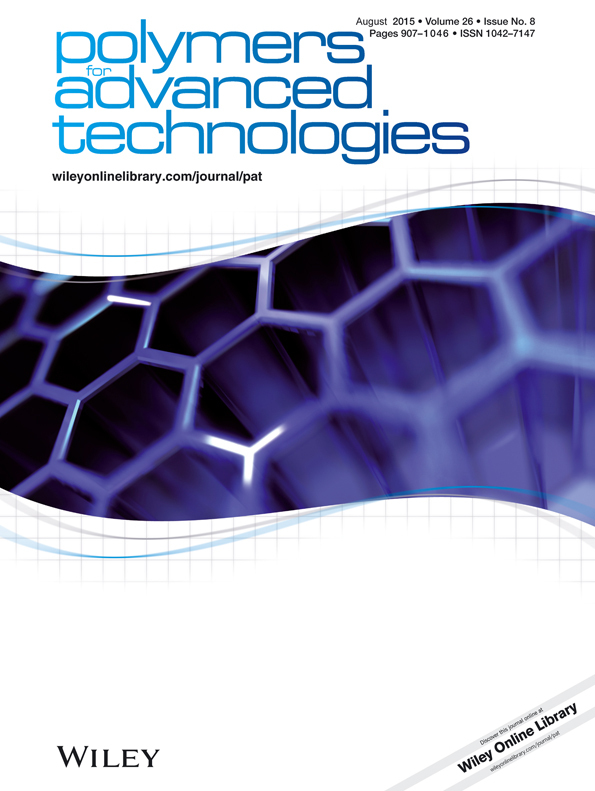Effect of temperature on friction and wear behaviors of polyimide (PI)-based solid–liquid lubricating materials
Abstract
The tribological properties of polyimide (PI) under four oils (including two perfluoropolyether oils and two silicon oils) lubricated conditions were comparatively investigated at room temperature in vacuum and Fomblin M30 and chlorine-containing silicon oil were selected to study the friction and wear behaviors of PI-based solid–liquid lubricants against steel at different temperatures in vacuum. Significant improvement in tribological performance of PI was found under oil-lubricated conditions. The friction coefficient increased as the test temperature decreased for the mobility of liquid lubricant was limited at lower temperatures, while the wear rate exhibited distinct rule. Besides, no tribochemical reaction was detected at the contact surface of PI and chlorine-containing silicon oil. However, the –CF3 and fluorinated CO groups were detected on the worn tracks of PI/Fomblin M30 by X-ray photoelectron spectroscopy, which indicated that tribochemical reaction happened to PI and Fomblin M30 under high temperature as well as the simulation of friction heat. Copyright © 2015 John Wiley & Sons, Ltd.




